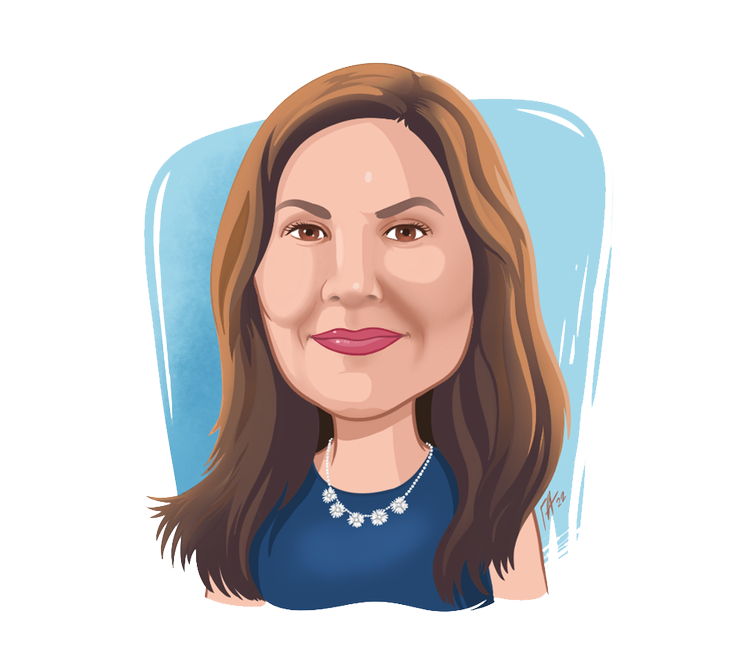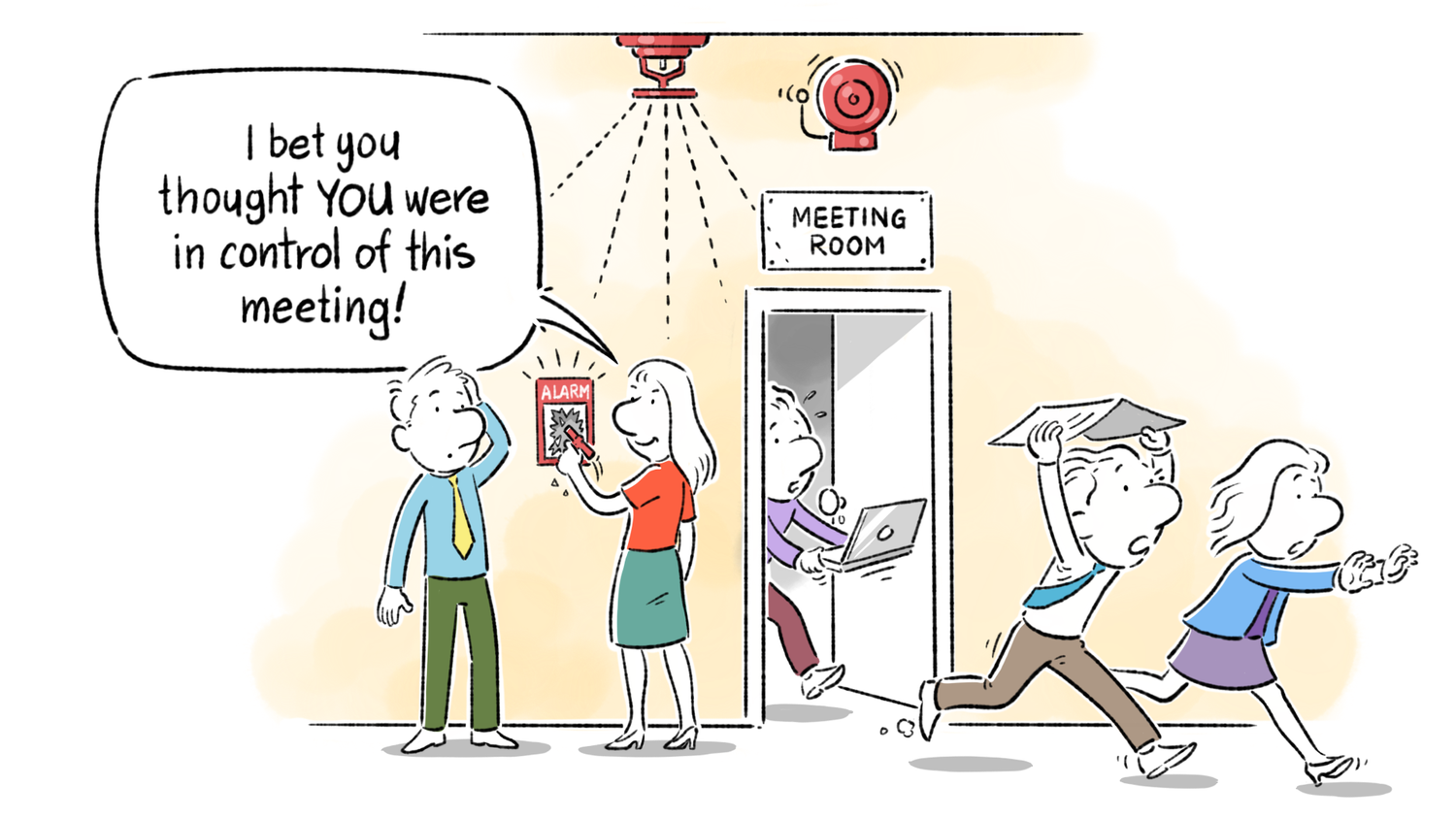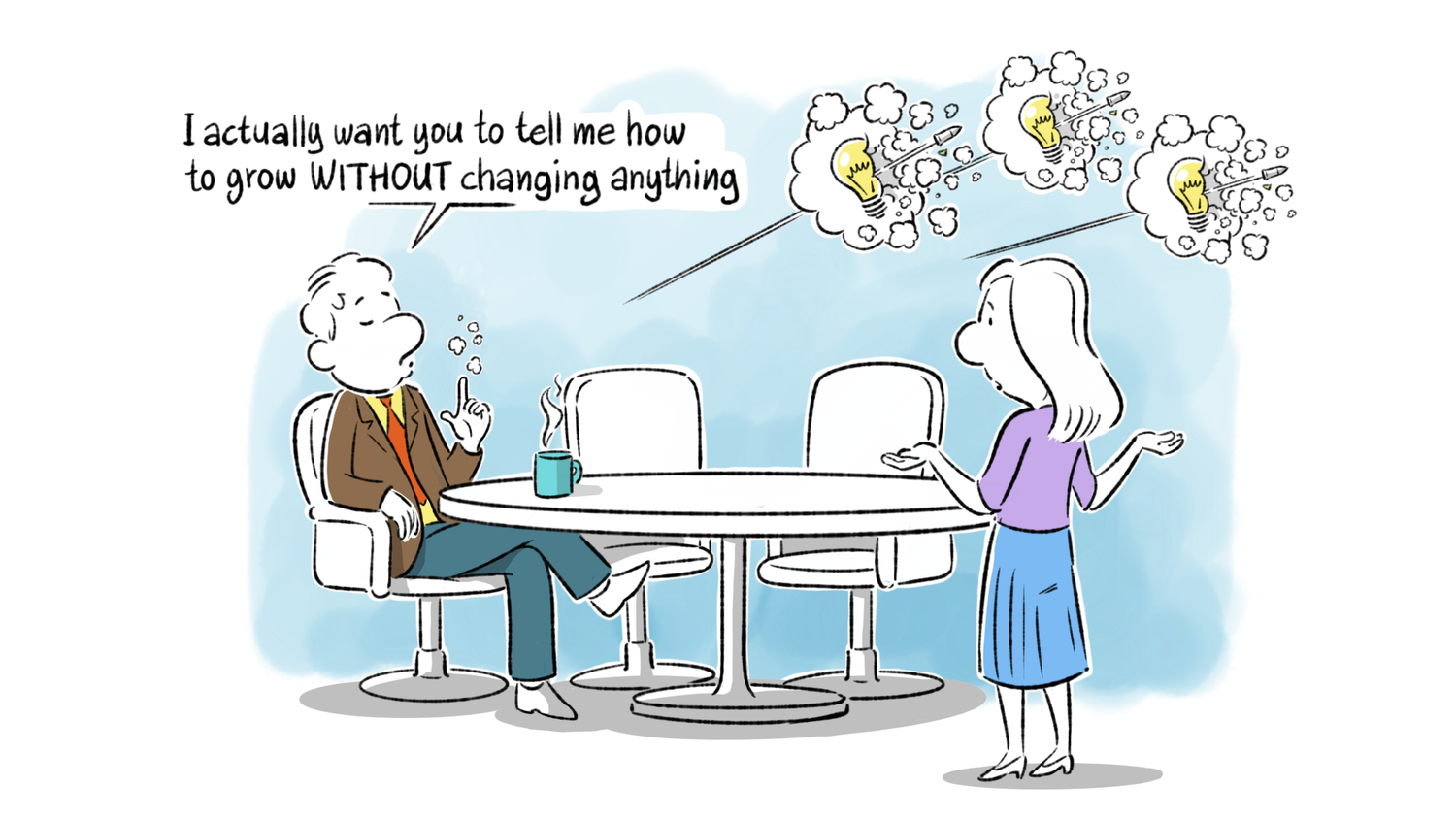
Virginie Glaenzeru
Fractional CMO, Digital Storyteller, Sense-Maker and Gatherer
Enterprise growth hacking is about fostering collaboration across departments and a culture that rewards curiosity. You need people on your team that aren’t afraid to ask the tough questions.
Q: Can you share some of your backstory that has shaped your thinking about Marketing and B2B Growth?
I was born and raised in Paris, but I moved to San Francisco in the late 90s to fundraise for a software startup. Then, I moved to New York 10 years ago and joined the C-suite in the marketing function, but discovered that it’s a very political game that I didn’t particularly enjoy.
After starting my 3rd company in downtown NYC, that’s when I realized that instead of leadgen and driving awareness, I’m more of a storyteller and a sense-maker.
That’s how I transitioned into a fractional CMO. Working with small to medium-sized businesses to help them evolve their story in order to find a new growth trajectory. I help companies and their leaders make sense of the world, how they fit in, and how to communicate effectively in order to capitalize on unique growth opportunities.
Q: What’s a common mistake that’s holding back companies’ growth?
I often work with executives at tech companies and explain to them that customers really don’t care at all about your product or service. They don’t like hearing that, but it’s the truth! What customers care about is how your product or service makes them feel about themselves.
So my work is to help executives slowly shift their mindset from company-focused to customer-focused. They need to forget about their own feelings and desires, and they have to focus on the customer.
The key question is: what does the customer wish to feel – or what desire are they trying to fulfill – through using our product or service?
You have to map out those feelings and desires to what your product or service can do for the client. And then, you have to tell clients the right stories that demonstrate what you can do. In your meetings and on your social media, you have to be sharing these stories that paint a clear and consistent picture.
That’s controversial because most executives don’t want to listen to clients (that would mean giving up control). They believe they understand the client: “The client doesn’t know what they need. I have to tell them what’s best for them.” Often, that falls flat.
Q: What’s an insight around a growth challenge you’ve encountered as fractional CMO?
— VG.
Most of the conflict I’ve seen the last 4 years has been between Sales and Marketing because each wants to have control. The solution is to bring both parties in the conversation early-on, and give them an opportunity to co-create.
Growth hacking was originally the way to bring together diverse people from backgrounds like engineering, marketing, and design to collaborate. They each understand a piece of the puzzle so they can’t claim control or ownership of the meeting. That makes everything more relaxed and cooperative.
The brands that will thrive in the future are the ones that are nurturing this type of diverse community as part of their DNA.

Q: Do you have any tips on how to resolve this everlasting internal struggle between Sales and Marketing? Is there any way for the two sides to play nice at the playground?
— VG.
To facilitate this blending of experiences and drive collaboration across departments, there are some new types of meetings that have been developed to foster true listening.
My favorite is called “talk and listen” where each person has 10 minutes to use as they wish. They can talk about whatever they want, they can use slides or just share stories… it’s their time. There’s only one strict rule: no one can interrupt or ask questions. They all have to just sit there and listen. What that does is that it forces us to actually listen without seeking the answer.
Here’s the thing: when there’s a question on the table and we don’t have the answer, we feel very uncomfortable. We stop listening while our mind is racing for answers. But when you’re forced to give up control and just sit there, after a while something magical happens: your mind stops racing for answers, and you actually start listening.
That way, the other side’s perspective can actually sink in. You may soon find out that most sources of argument and miscommunication are because people never stop to actually listen.
The smartest organizations are actively trying to change that by giving everyone a chance to be listened to. So others can understand the shared values and the context that’s often missing when you just look at someone’s actions.
Q: Is there a way to institutionalize growth? Can you structurally build your organization to be more “growth prone”?
— VG.
In order to drive growth, you need people who ask the tough questions. And at the same time, you need to accept that it’s ok to say “I don’t know” – to answer tough questions, you need to do some deep thinking.
Unfortunately, many companies say they want curious people, but they soon realize that it makes them more vulnerable and they’re not comfortable with that. Leaders aren’t used to – and don’t like – not having the answers. So they sometimes unwittingly shut down curiosity.
There IS a better way to handle tough questions though.
The first thing to do is to recognize that the question is fantastic. You can say: “that’s such a good question and I don’t want to give you a hasty answer. I’d like to spend some time on it, not rush, and do some deeper thinking about it.”
Q: I’ve seen many companies that seek marketing help, but often they don’t really understand what they’re looking for… what’s been your experience?
That’s so painfully true… Most of the clients coming to us say they’re unable to grow. The real problem though – and they’re never prepared for this – is that they need to adapt to new market conditions. They want to grow but they don’t want to change their processes – “our processes are great.” They want to enter a new market but they don’t want to change their product – “the product works and it’s exactly what the clients are looking for” (they say that even though they’ve never tested the market).
Or they want to build a community because they understand that it’s a great way to sell. But at the same time they don’t want to let go of control, which is required when you’re building a community.
So what we do is we persuade executives that: next to a desire for growth is a change that needs to happen.
When you want to grow, your story – which is essential at communicating to your clients your why, how, and what – has to change. You have to get comfortable with it. And you have to communicate it to the market. Because the story that got you here, can’t get you farther.

Q: Why is change so hard? What’s holding us back as executives and entrepreneurs to achieve the success we believe we deserve?
— VG.
To gain the awareness you deserve, you need to tell better stories about yourself, your people, your clients, and your brand. Only through stories can you break through, get enough mindshare from your clients to engage with them, and get them to know what you stand for and what you can do for them.
Unfortunately, we’re all very fearful creatures and aren’t comfortable with change. Because change means that we have to give up some control. We have to embrace some degree of the unknown. When we want to grow, it’s inevitable that things have to change, and yes we’re going to lose some control. But that’s ok!
Growth hacking is about getting different departments together to co-create. Each understands only part of the puzzle, so they can’t claim ownership or control.
Growth hacking is about getting different departments together to co-create. Each understands only part of the puzzle, so they can’t claim ownership or control.
To grow, you need people who’re not afraid to ask the tough questions. That’s only possible if execs are prepared to handle them. It’s ok to say “I don’t know.” Recognize it’s a fantastic question and ask for time to do some deep thinking before responding.
To drive growth, you have to tell better stories about yourself, your company, and your clients’ experiences with you. And these stories have to evolve.
The biggest holdback is that companies want to grow without change. Change is uncomfortable and you have to give up some control. But afterall, growth = change.
Thank You For Your Vote!
Sorry You have Already Voted!
